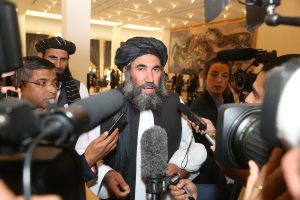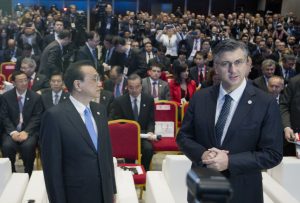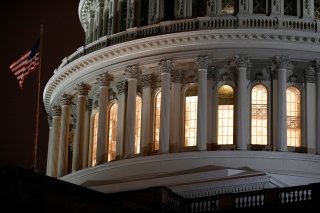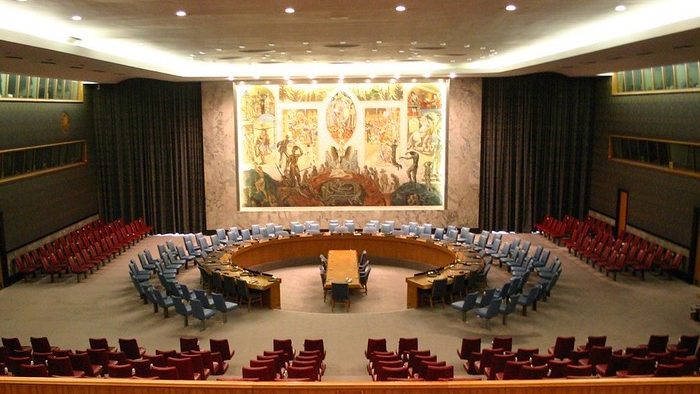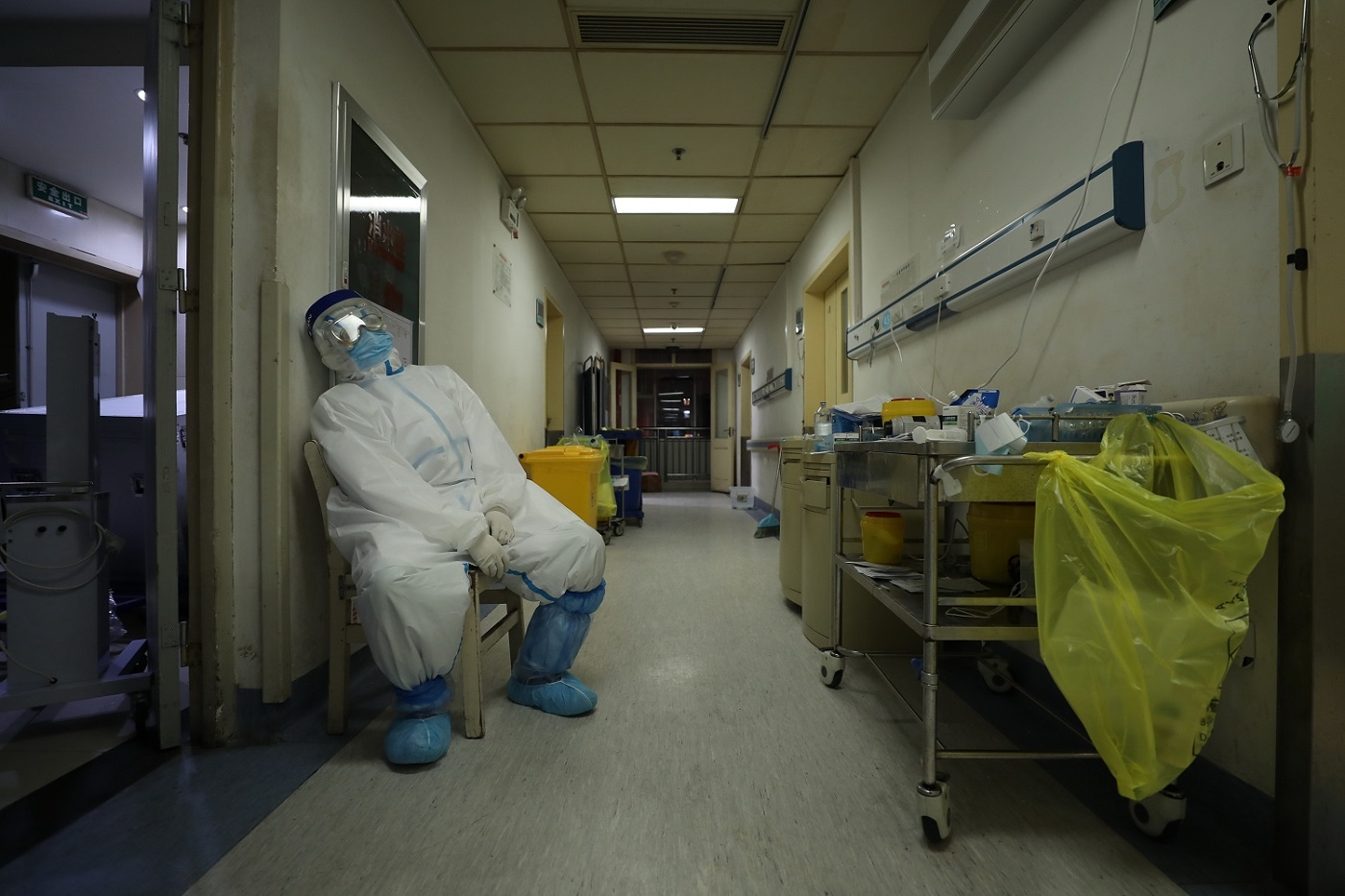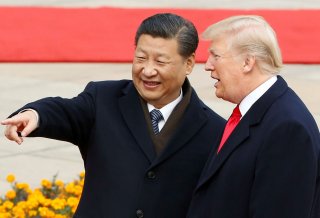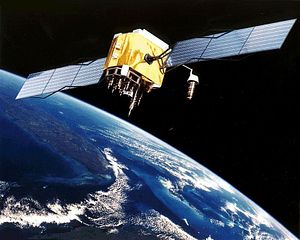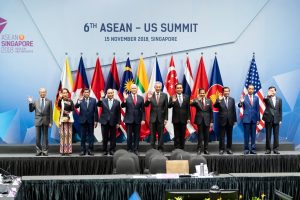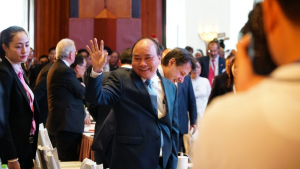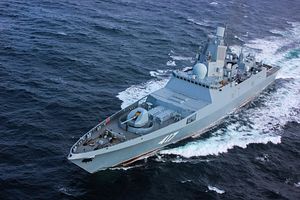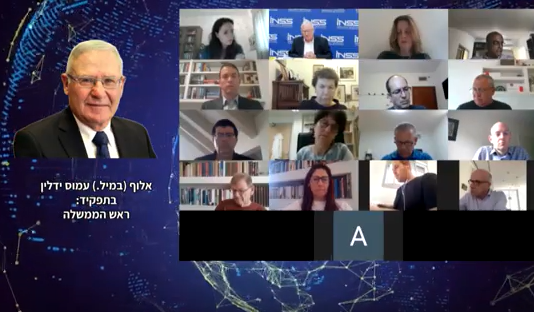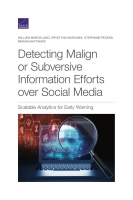BALACHANDER PALANISAMY
I argue that the relationship between India and Myanmar is dominated by geostrategic interests rather than identity, domestic politics or ideas. This argument is developed by examining India’s interests with Myanmar through realism and constructivism lenses. In doing so, an outline of the level of analysis framework and discussion of the realist view in the geostrategic and economic landscape of Myanmar is made. I later acknowledge that a realist lens is not completely sufficient in explaining India’s engagement with Myanmar, and complementary explanations using identity and domestic politics are offered. Finally, I focus on whether the ideas of leaders can influence the relationship. I conclude that realism remains the dominant explanation in India’s relationship with Myanmar.
The Levels of Analysis Explained
I use the level of analysis framework (Singer, 1961) to provide more holistic explanations. First, at the systemic level, realism[i] explains the structural logic behind India’s overtures in Myanmar. The international system constrains the choices that states have in international politics. The end of the Cold War (CW) caused a dis-equilibrium in the international system assumed to be anarchic[ii] which led to a unipolar power to emerge (Waltz, 2000). The presence of a unipolar power would mean rising powers will attempt to balance against a hegemon (benign or aggressive) by either internally and/or externally balancing to rival the capabilities of the hegemon. A corollary of the system upend, was the ‘rise of China’, seeking to be a regional hegemon and eventual peer competitor of USA. As such the new distribution of power suggests that India would have structural imperatives to pursue new partnerships with states to improve its capabilities relative to China in ordering the international system. As Ganguly & Pardesi, 2009 argue, India adopted a more ‘self-help’ stance and aggressive foreign policy in line with the systemic change that took place after the CW. They determined that India’s foreign policy shifted from ‘Nehruvian idealism’ to realism. The ‘Look East’ policy (LEP) employed after the post-CW review, is an attempt to counter the growing influence of China in the region by balancing regionally (Batabyal, 2006). India increased its capabilities by externally balancing China via securing strategic partnerships. India had to manage the China threat to its national security, geo-strategic and economic competition by courting Myanmar. Neorealism suggests that cooperative relationship between India and Myanmar is a consequence of the structure of the international system in the region. It offers parsimonious and descriptive explanations to certain outcomes. A fuller explanation of state behaviour is required to explain state choices, for which constructivist theories might be of use. As such I defer to the state and individual levels as likely explanations.
